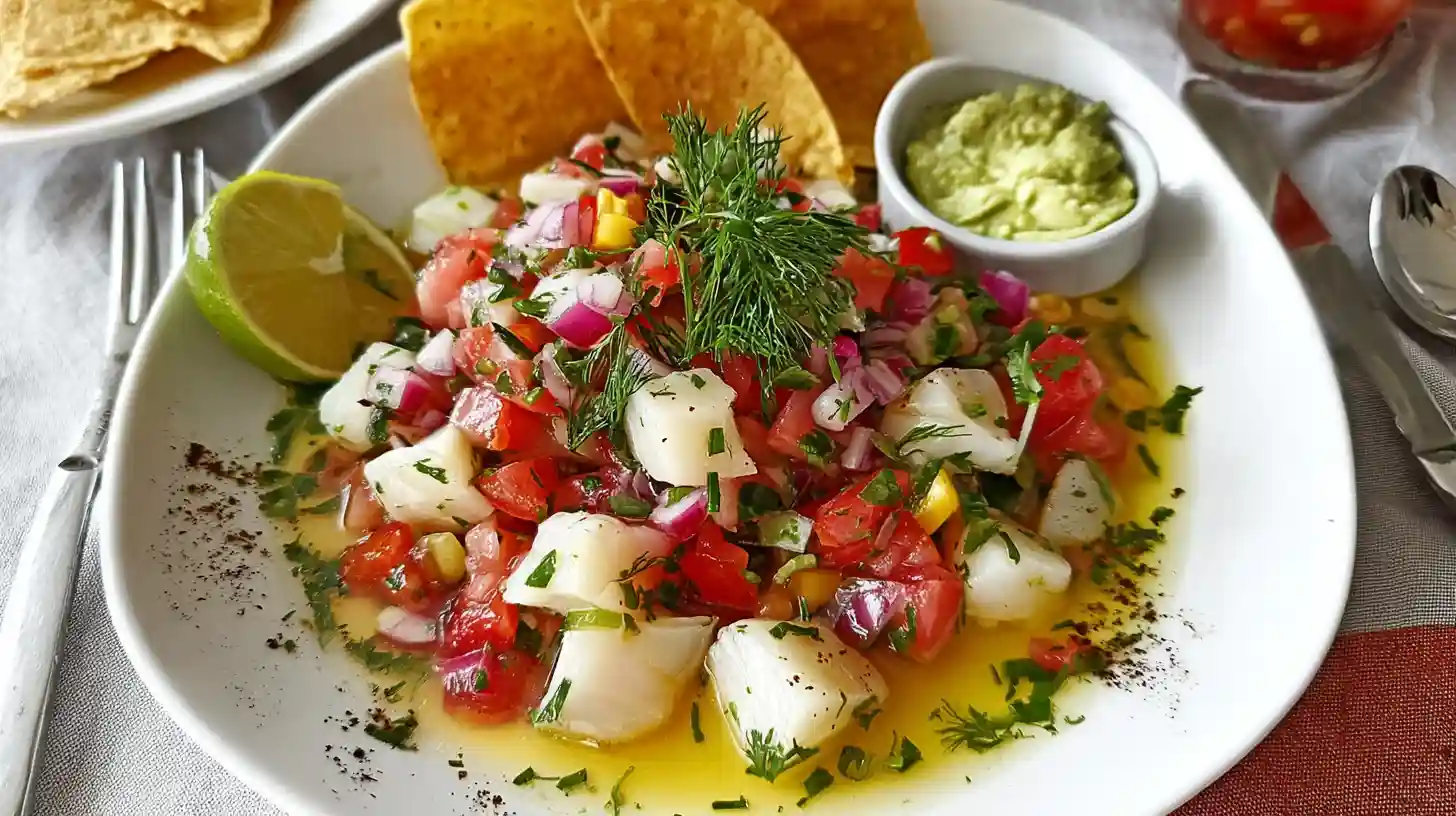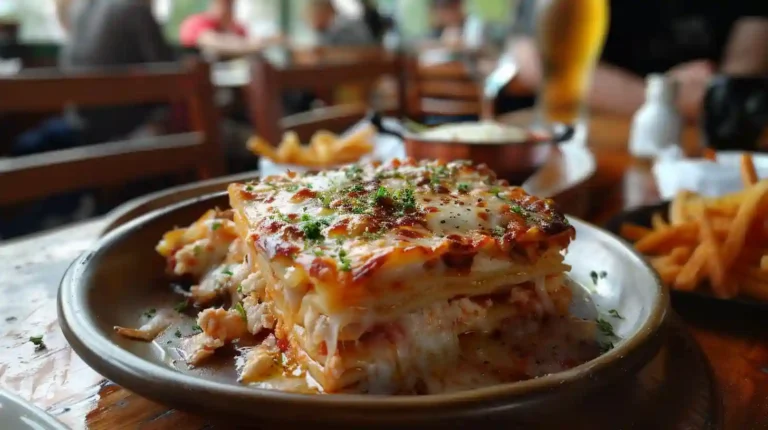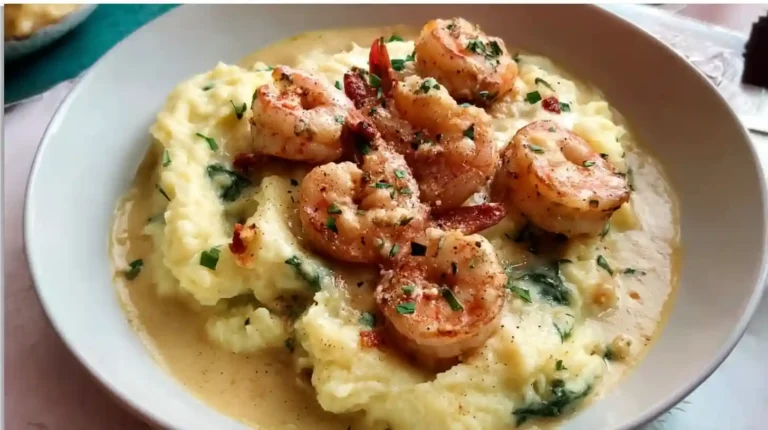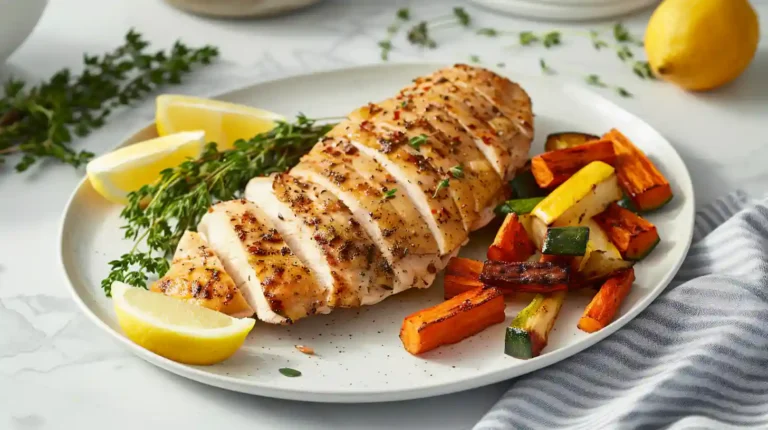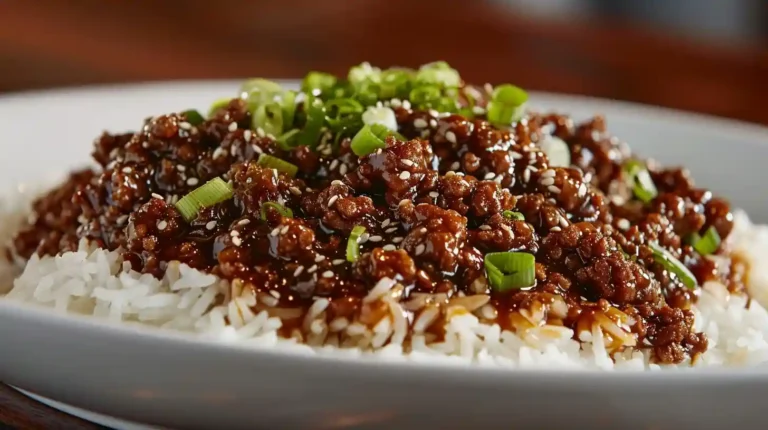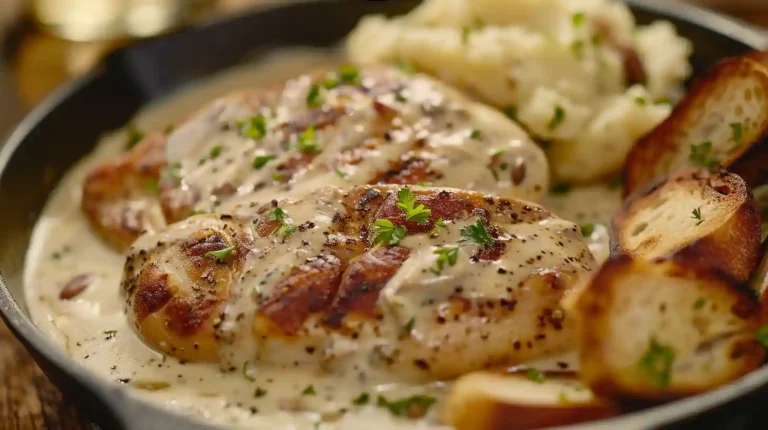Classic Ceviche: Tangy Citrus and Fresh Fish
Ceviche, a dish with a rich heritage, has been enjoyed for centuries in the coastal regions of Latin America. The origins of ceviche can be traced back to pre-Columbian times when indigenous tribes in the Andean region of South America utilized the abundance of fresh seafood and combined it with the acidic juice of local fruits like passion fruit and tumbo. This method of preparing fish with citrus juice was known as “siwichi” by the Inca people, which means fresh fish.
The Spanish conquistadors later introduced limes to the region, which replaced the traditional use of passion fruit and tumbo, giving rise to the modern-day ceviche. Over time, this culinary tradition spread throughout Latin America, with each country adding its own unique twist to the dish, resulting in a diverse array of regional variations. Ceviche has not only stood the test of time but has also evolved into a symbol of cultural identity and culinary pride for many Latin American countries.
Its enduring popularity can be attributed to its simplicity, freshness, and vibrant flavors, making it a beloved dish that continues to be enjoyed by people around the world.
How to Make Classic Ceviche: A Step-by-Step Recipe
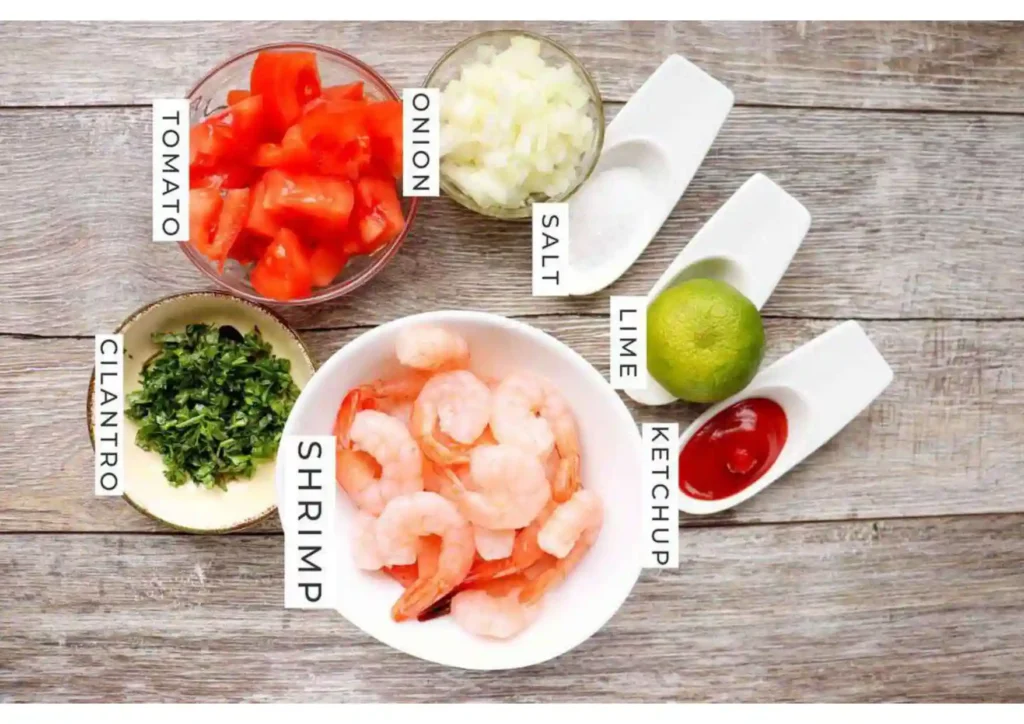
Making classic ceviche is a straightforward process that requires only a few key ingredients and a bit of patience. To begin, you will need fresh, high-quality fish such as sea bass, halibut, or snapper. The fish is then cut into bite-sized pieces and marinated in a mixture of freshly squeezed lime or lemon juice, along with finely chopped onions, cilantro, and a touch of salt and pepper.
The acidity of the citrus juice effectively “cooks” the fish, causing it to become opaque and firm while retaining its delicate texture. After marinating for about 15-30 minutes, the ceviche is ready to be served. It is typically garnished with slices of avocado, additional cilantro, and a sprinkle of chili flakes for a hint of heat.
The result is a light and refreshing dish that bursts with zesty citrus flavors and the natural sweetness of the seafood. Classic ceviche is often served with crispy corn tortilla chips or alongside a bed of lettuce for a delightful contrast in textures.
Exploring Different Variations of Ceviche: From Classic to Creative
While classic ceviche is undeniably delicious, there are numerous variations of this dish that showcase the diverse culinary creativity found across Latin America. In Peru, for example, ceviche is often prepared with a spicy kick from the addition of aji amarillo, a yellow chili pepper that imparts both heat and vibrant color to the dish. In Mexico, ceviche may feature the addition of diced tomatoes, cucumbers, and even mango for a sweet and tangy twist.
Other creative variations include using different types of seafood such as shrimp, scallops, or even octopus to create unique ceviche experiences. Some regions also incorporate coconut milk or ginger for an added layer of complexity to the marinade. Additionally, modern interpretations of ceviche have seen chefs experimenting with unconventional ingredients like watermelon, passion fruit, or even quinoa to elevate the dish to new heights.
These innovative takes on ceviche demonstrate the versatility of this beloved dish and highlight the endless possibilities for culinary exploration within the realm of seafood and citrus-based marinades. Whether sticking to tradition or embracing creativity, there is a ceviche variation to suit every palate and occasion.
The Best Fish for Ceviche: Choosing the Perfect Seafood for Your Classic Recipe
| Fish Type | Texture | Flavor | Best Season |
|---|---|---|---|
| Halibut | Firm | Mild | Spring |
| Snapper | Firm | Sweet | Summer |
| Sea Bass | Firm | Rich | Fall |
| Tilapia | Soft | Mild | Year-round |
Selecting the right type of fish is crucial when preparing classic ceviche. Ideally, you want to choose a firm-fleshed white fish that can withstand the acidic marinade without losing its texture or becoming mushy. Popular choices for ceviche include sea bass, halibut, snapper, and flounder, as they possess a clean and mild flavor that pairs well with the bright citrus notes.
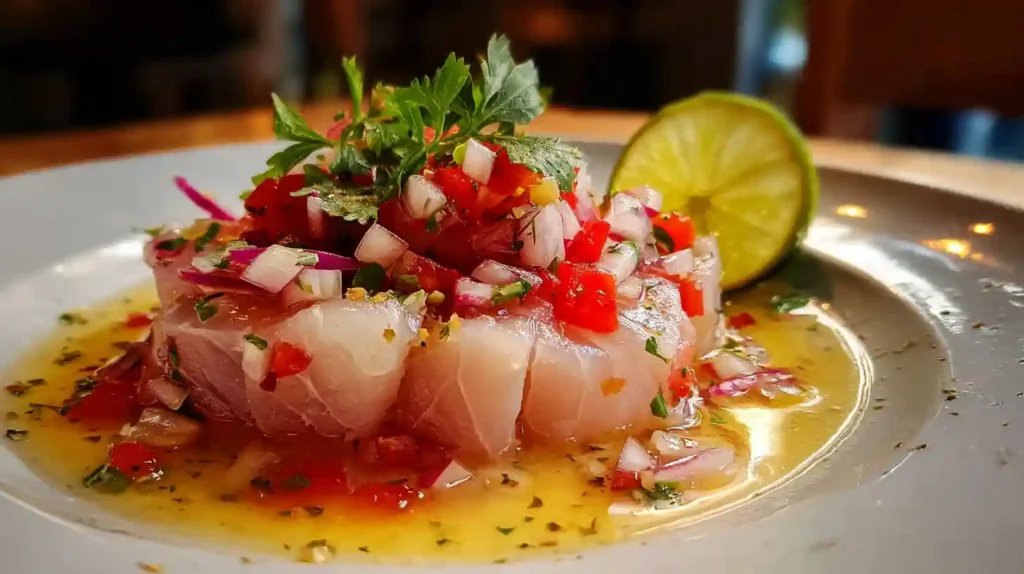
It’s important to source the freshest fish available, preferably from a reputable fishmonger or seafood market. Look for fillets that are glistening and have no fishy odor, indicating their freshness. When preparing ceviche at home, it’s recommended to use sushi-grade fish to ensure its quality and safety for raw consumption.
In addition to traditional white fish, other seafood options such as shrimp, scallops, and even squid can be used to create diverse variations of ceviche. Each type of seafood brings its own unique texture and flavor profile to the dish, allowing for endless experimentation and personalization based on individual preferences.
Classic Ceviche: A Refreshing and Healthy Dish for Summer
Classic ceviche is not only a delicious culinary delight but also a refreshing and healthy dish that is perfect for summer dining. With its emphasis on fresh seafood and vibrant citrus flavors, ceviche offers a light and satisfying option for warm-weather meals. The absence of heavy cooking methods ensures that the natural flavors of the fish shine through, creating a dish that is both invigorating and nourishing.
Furthermore, the high acidity from the citrus juice used in ceviche not only imparts its characteristic tangy flavor but also serves as a natural preservative for the seafood. This makes ceviche an ideal choice for outdoor gatherings and picnics where refrigeration may be limited, as the acidity helps inhibit bacterial growth while enhancing the overall taste. In addition to being low in calories and rich in protein, classic ceviche is also packed with essential nutrients such as omega-3 fatty acids from the fish and an abundance of vitamin C from the citrus marinade.
Its light and refreshing nature make it an excellent option for those seeking a wholesome yet flavorful dish during the summer months. For more fresh and cooling recipes perfect for warm weather, check out collection of summer Mexican recipes.
The Secret to Perfecting Classic Ceviche: Tips and Tricks from the Experts
Perfecting classic ceviche requires attention to detail and an understanding of the nuances involved in its preparation. One key tip is to ensure that the fish is cut into uniform pieces to promote even marination and consistent “cooking” throughout. Additionally, it’s essential to use freshly squeezed citrus juice rather than bottled varieties to achieve the best flavor and acidity.
Another crucial aspect is allowing the fish to marinate for just the right amount of time. Over-marinating can result in an overly firm texture, while under-marinating may leave the fish undercooked. The ideal marinating time varies depending on the type of fish used and personal preference but typically ranges from 15-30 minutes.
Furthermore, maintaining a balance of flavors is essential in classic ceviche. The acidity from the citrus should be complemented by the sweetness of ripe tomatoes or mangoes, while the heat from chili peppers should be carefully moderated to avoid overpowering the dish. Attention to these details ensures that each bite of ceviche is perfectly balanced and bursting with harmonious flavors.
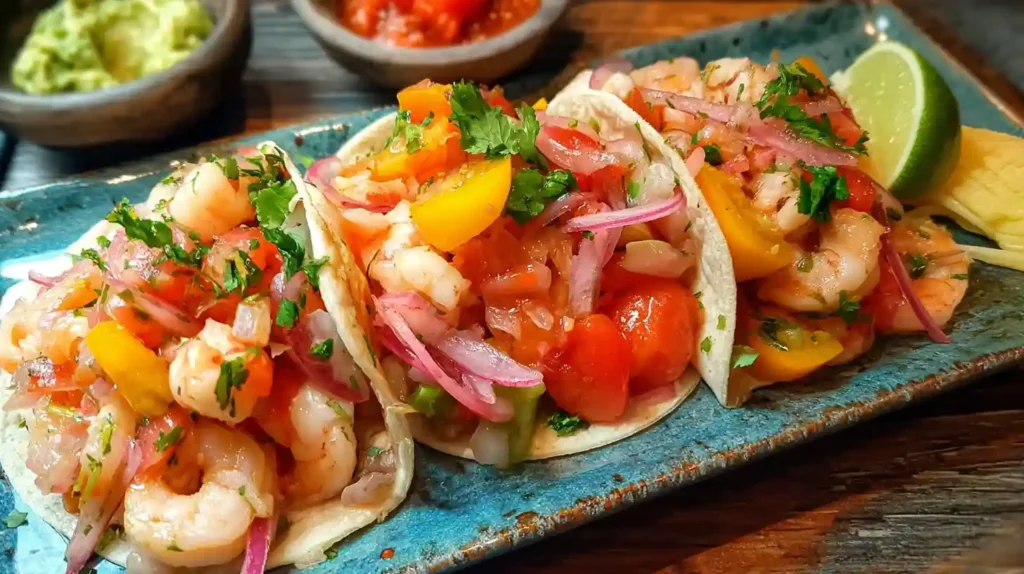
While classic ceviche holds a special place in culinary traditions, modern interpretations have introduced innovative twists that push the boundaries of this beloved dish. Traditional recipes often emphasize simplicity and rely on minimal ingredients to showcase the natural flavors of the seafood and citrus marinade. In contrast, modern twists on ceviche may incorporate unconventional ingredients and techniques to create unexpected flavor combinations and visual presentations.
Classic ceviche typically features white fish marinated in lime or lemon juice with onions, cilantro, and chili peppers. In comparison, modern variations may include additional elements such as exotic fruits like dragon fruit or kiwi, unconventional herbs like lemongrass or mint, or even unconventional garnishes like edible flowers or microgreens. Moreover, contemporary chefs have been experimenting with alternative methods of “cooking” seafood for ceviche, such as using sous vide techniques or infusing the marinade with unique aromatics like lemongrass or kaffir lime leaves.
These modern approaches aim to elevate ceviche into a more refined dining experience while still paying homage to its traditional roots. In conclusion, both classic ceviche and modern twists offer their own distinct appeal, catering to traditionalists and adventurous food enthusiasts alike. Whether savoring the timeless simplicity of classic ceviche or embracing the innovative spirit of modern interpretations, there is no shortage of delightful experiences to be had within the realm of this iconic dish.
Conclusion
In conclusion, Classic Ceviche is not just a dish; it is an experience that transcends the ordinary and elevates the senses to new heights. This vibrant culinary masterpiece, with its tangy citrus notes and the freshest of fish, stands as a testament to the power of simplicity and the brilliance of traditional cooking methods. Classic Ceviche is a celebration of flavors that dance on your palate, a symphony of textures that delight with every bite, and a cultural icon that brings people together across continents.
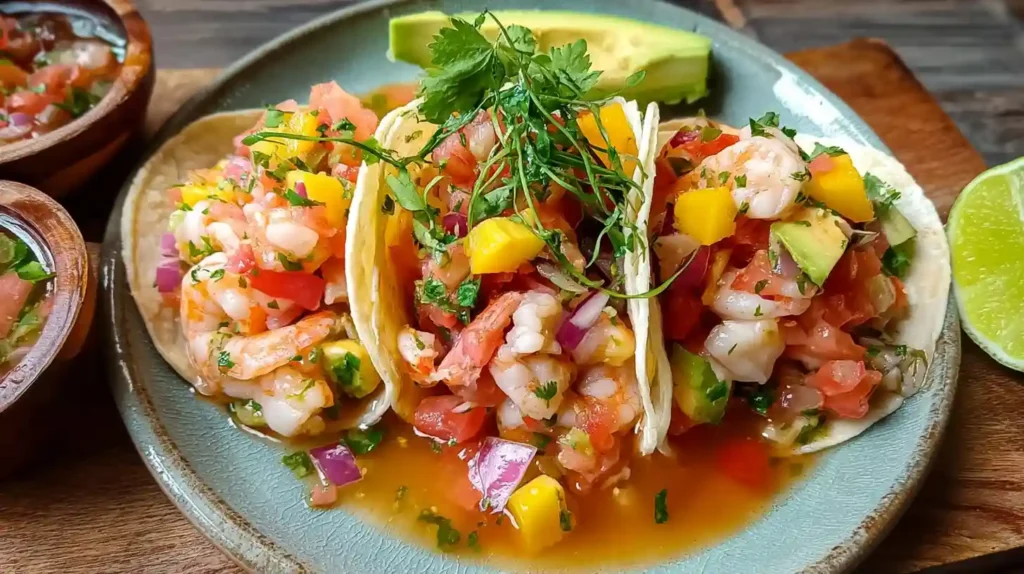
As you savor each mouthful, you are not merely enjoying a meal; you are partaking in a rich tapestry of history and tradition that has been lovingly passed down through generations. The boldness of the lime, the subtle heat from the chili, and the delicate freshness of the fish combine to create an unforgettable taste sensation that is both refreshing and invigorating.
So, whether you’re a seasoned ceviche aficionado or a curious newcomer eager to explore new culinary horizons, let Classic Ceviche be your guide. Embrace its bold flavors and let it transport you to sun-drenched shores where every bite is an adventure. Remember, this isn’t just food, it’s an invitation to explore, to savor, and to celebrate life in all its vibrant glory. Dive into the world of Classic Ceviche and discover why this dish remains an enduring favorite among food lovers worldwide.
FAQs
What is the original ceviche?
The original ceviche dates back to pre-Columbian times in the Andean coastal regions of South America. Indigenous peoples marinated fresh fish in the juice of local acidic fruits like passion fruit or tumbo, which “cooked” the fish without heat. This early form was called siwichi by the Inca, meaning fresh fish.
What normally goes in ceviche?
Classic ceviche usually includes:
Fresh, firm white fish (like sea bass, snapper, or halibut)
Freshly squeezed lime or lemon juice (the marinade)
Finely chopped onions
Cilantro
Salt and pepper
Optional ingredients vary but often include chili peppers, avocado, and sometimes diced tomatoes or cucumber.
Why is Peruvian ceviche so good?
Peruvian ceviche is highly regarded due to its balance of fresh ingredients and distinctive use of aji amarillo (yellow chili pepper), which adds unique heat and color. It’s typically served with complementary sides like sweet potatoes and corn, enhancing flavor and texture. Peru’s access to fresh seafood and rich culinary heritage also contribute to its reputation.
Is ceviche still raw fish?
Yes and no. The fish in ceviche is technically raw but is “cooked” by the acidic citrus juice during marination. The acid changes the fish’s proteins, making it firm and opaque, similar to cooking with heat, though no actual heat is applied. Proper preparation and fresh fish are essential for safety.
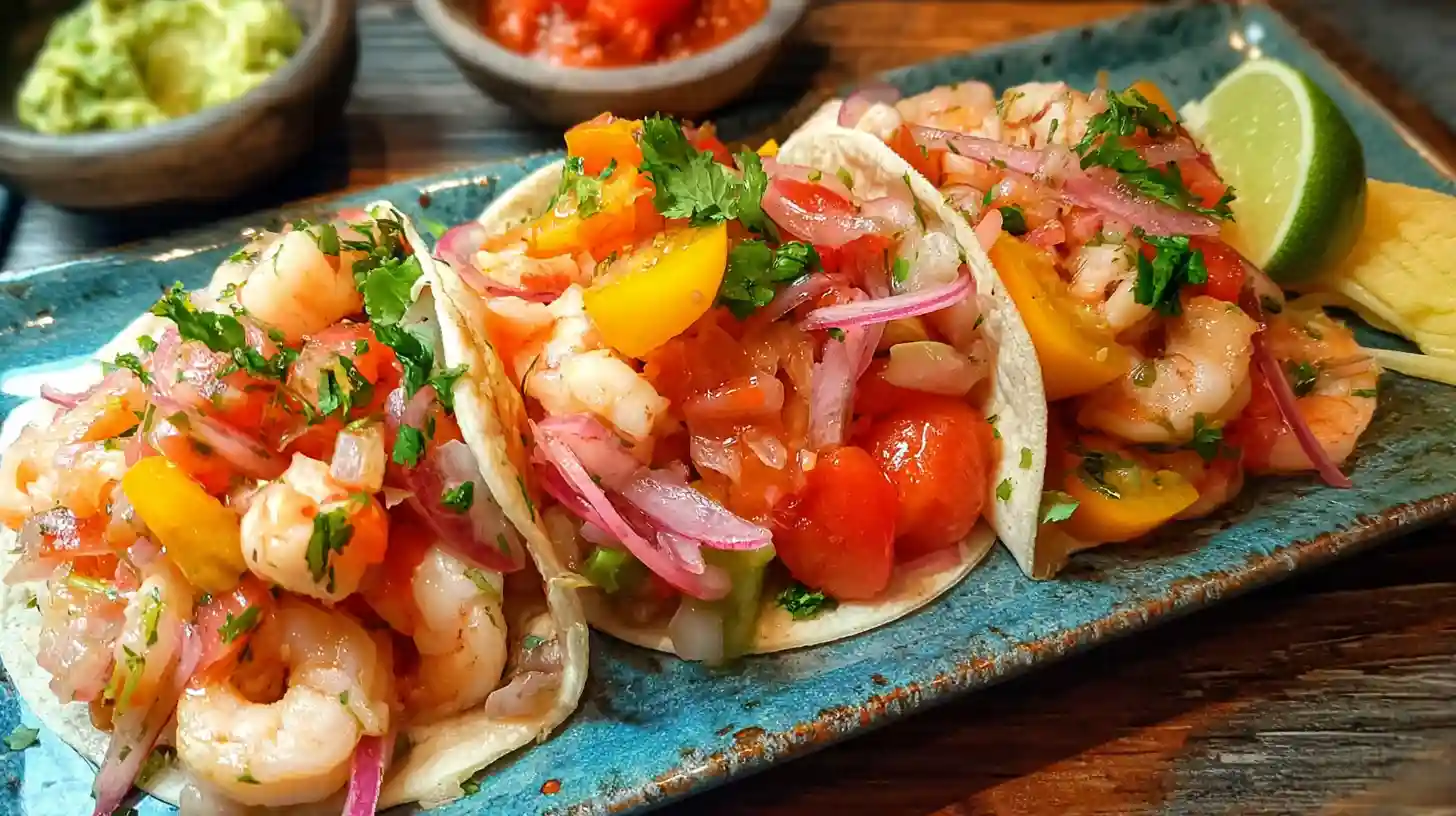
Classic Ceviche
Ingredients
Equipment
Method
- Cut the fresh fish into bite-sized cubes and place them in a mixing bowl.Pour the freshly squeezed lime juice over the fish until completely covered.Add finely chopped red onions, cilantro, salt, and black pepper.Stir gently to combine all ingredients.Let the mixture marinate in the refrigerator for 15 minutes, allowing the citrus juice to ‘cook’ the fish.Before serving, optionally garnish with avocado slices and sprinkle chili flakes for heat.Serve chilled with tortilla chips or lettuce leaves.
Notes
“For more culinary inspiration and delicious recipe ideas, join me on Pinterest and Facebook to discover even more mouthwatering creations to share!”


